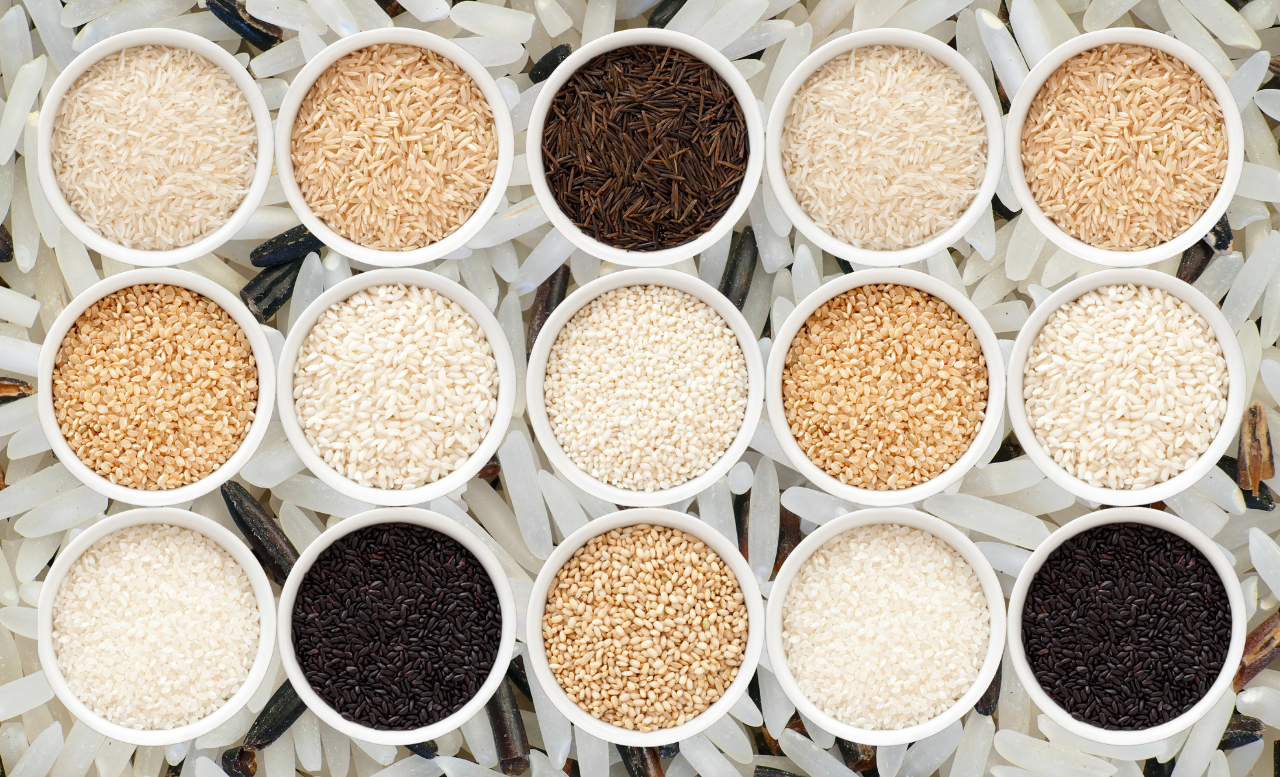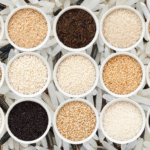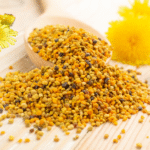

The Truth About Organic Rice: What’s Safe, What’s Best, and How to Choose God’s Better Way
“So you shall serve the Lord your God, and He will bless your bread and your water. And I will take sickness away from the midst of you.” – Exodus 23:25 (NKJV)
In the journey to eat clean and honor God with our bodies, rice often comes up as a pantry staple. But not all rice is equal — even when it’s labeled “organic.” Some are high in arsenic, others are nutritionally empty, and a few shine as healthy, God-given grains to enjoy in moderation.
Let’s break down the different types of organic rice, their health pros and cons, and which ones are safest and most aligned with biblical wellness.
Why Rice Needs Careful Consideration — Even Organic
Rice, especially when grown in certain regions, can absorb arsenic from the soil and water. Arsenic is a toxic metal linked to cancer, heart disease, and cognitive decline. Organic certification doesn’t always mean “arsenic-free” — it simply ensures the rice is grown without synthetic pesticides or fertilizers.
But don’t worry — this doesn’t mean you need to swear off rice. You just need to know which kinds are safest, how to prepare them, and which offer the most benefit for your body and brain.
The Best and Safest Organic Rice Options (Ranked)
1. Organic White Basmati Rice (from California or India)
✅ Low in arsenic
✅ Easy to digest
✅ Mild flavor; perfect for sensitive stomachs
This is one of the safest options due to its low arsenic content. White basmati has the bran removed, making it easier to digest and quicker to cook. It’s ideal for people with gut issues or during detox phases.
2. Organic Brown Basmati Rice
Higher in fiber and nutrients
Slightly higher arsenic than white, but still lower than most brown rices
Nutty taste and satisfying texture
Brown basmati keeps the bran layer, offering more B vitamins, magnesium, and fiber, which aid digestion and stabilize blood sugar. Just rinse well and soak it before cooking to reduce arsenic and phytic acid.
Health Tip: Soak for 8+ hours and cook with extra water (then drain) to cut arsenic up to 60%.
3. Organic Black Rice (Forbidden Rice)
Loaded with antioxidants
Low to moderate arsenic (depends on origin)
Deep flavor, beautiful dark color
This ancient Chinese rice gets its purple-black hue from anthocyanins, the same antioxidants found in blueberries. It supports brain health, heart function, and fights free radical damage.
Black rice is often called a “brain-boosting grain.”
4. Organic Red Rice (Himalayan or Thai Red)
Rich in fiber, iron, and antioxidants
Moderate arsenic — always soak and rinse
Earthy flavor and chewy texture
Red rice is less common but highly nutritious. It’s a good option when rotated with basmati or black rice.
As with all grains, balance is key — even healthy rice should be one part of a wider, plant-rich plate.
⚠️ Rices to Use Sparingly (Even if Organic)
Organic Brown Rice (from Texas, Arkansas, or Louisiana)
- High in inorganic arsenic due to flooded fields and industrial pollution
- Even organic versions often test high in heavy metals
- Limit consumption or avoid entirely
Organic Jasmine Rice (Especially from Southeast Asia)
- Very fragrant but often has moderate to high arsenic
- Low in fiber if white; higher if brown, but also higher in toxins
🔍 Check the origin: U.S.-grown jasmine (especially California) is safer than imported.
How to Reduce Arsenic in Rice
- Choose lower-arsenic varieties (like basmati or black rice)
- Rinse thoroughly before cooking
- Soak overnight to release surface toxins
- Cook in extra water (6:1 water to rice), then drain and rinse again
These steps can cut arsenic levels by up to 80%!
God’s Wisdom for Grains
Grains were part of ancient diets, but always in moderation and often accompanied by fasting, balance, and thanksgiving.
“He causes the grass to grow for the cattle, and vegetation for the service of man, that he may bring forth food from the earth.” – Psalm 104:14 (NKJV)
We honor God when we:
- Use discernment over our food choices
- Avoid excess (even of healthy things)
- Nourish ourselves with thankfulness, not emotional eating
Summary: Best Organic Rice Choices
| Type | Arsenic Level | Nutrition | Best For |
|---|---|---|---|
| White Basmati (CA/India) | Low | Moderate | Safe everyday grain |
| Brown Basmati | Medium-low | High | Fiber, heart health |
| Black Rice | Moderate | Very high | Antioxidants, brain boost |
| Red Rice | Moderate | High | Nutrients + flavor variety |
| U.S. Brown Rice | High | High | ⚠️ Limit or avoid |
Thoughts
Rice can still have a place in a healthy, biblically aligned diet — when it’s clean, organic, low-arsenic, and properly prepared. Rotate your grains, keep portions reasonable, and let God’s wisdom guide your plate.











Post Comment
You must be logged in to post a comment.